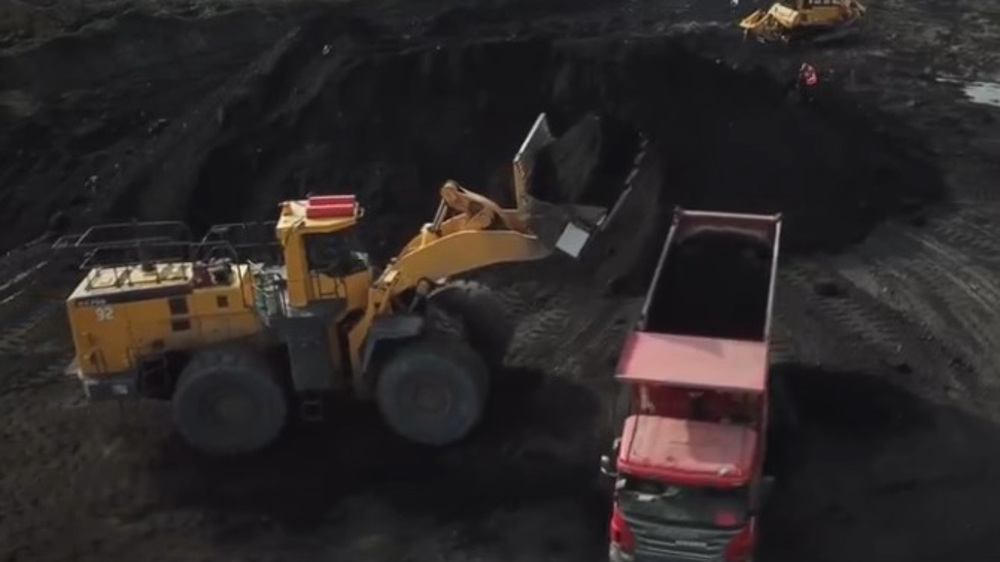Steel industry
Given Irans advantages in steel production, the steel industry and its complete value chain are considered one of the strategic industries for Irans 2025 Vision Plan where steel production is expected to hit 55 million tonnes in the next five years.
Iran produced 31.9 million tonnes of crude steel during 2019, this is in relation to 2018 with a production of nearly 24 million tonnes.
Going off of the World Steel Associations statistics, Iran became the worlds tenth-largest steel producer in 2018.
In 2019, the Ministry of Industries, Mining and Trade imposed a 20-25 percent duties tariff on the export of unprocessed minerals including iron ore.
Last year the country exported over 7.8 million tonnes of iron ore in the first six months alone.
But why did Iran place export tariffs on raw minerals and materials such as iron concentrates? One answer to this question is that, while Iran has large quantities of raw material necessary for productions in other industries, the export value for raw material is relatively low.
So, value added to raw material, more often than not, increases the value and profit margin of the product when exported.
Last year Iran produced over 39.5 million tonnes of iron ore concentrates in the first ten months of its year alone.
On the surface, it might seem that sanctions could deliver a heavy blow to Irans economy. But, on deeper inspection, this has not been the case. Iran exported 9.3 million tonnes of steel in 2018, making it the 16th biggest exporter, ahead of Spain and the United States.
In 2019, Irans steel exports reached 10 million tonnes, with domestic production at 47 million tonnes.
Despite the sanctions Irans steel exports have been increasing each year for the last three years. Last year steel exports increased by 38 percent compared to the year before.
VIDEO | Australians protest over US action in Venezuela
Cuba declares national mourning for 32 citizens killed in US raids on Venezuela
Iran: US must release kidnapped Venezuelan president
After US aggression against Venezuela, Mexico could be next: Report
Qalibaf: Protesters must be heard but foreign-linked agitators will be dealt with
VIDEO | German government refuses to condemn US aggression against Venezuela
Venezuela’s acting president calls for peaceful coexistence, dialogue with US
Denmark, Greenland leaders urge Trump to halt takeover threats









 This makes it easy to access the Press TV website
This makes it easy to access the Press TV website